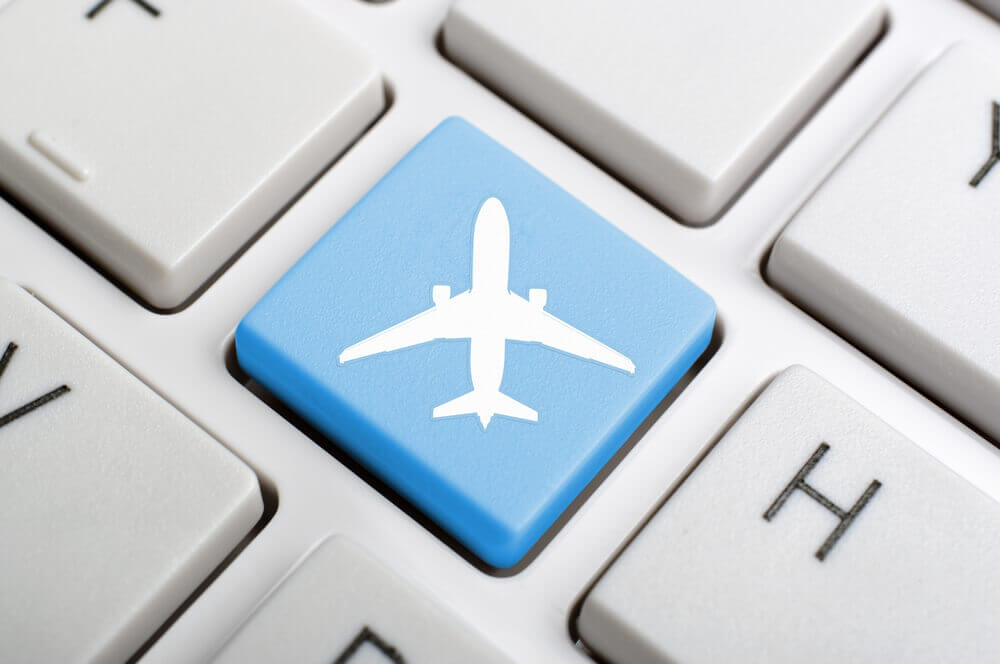
With Sojern’s access to real-time traveler audiences and unmatched visibility into global travel demand, we’re in a unique position to share the current travel trends at the forefront of marketers’ minds.
NB: This is an article from Sojern
In this blog series, we take a look at the data to aid travel marketers in determining their strategy during the COVID-19 crisis. They can use these trends to inform their marketing strategies during this period as the situation stabilizes.
These insights are based on data collected on Monday, June 22, 2020. We review our data frequently to provide regular insights into consumer behavior trends and patterns. Sojern’s insights are based on over 350 million traveler profiles and billions of travel intent signals, however it does not capture one hundred percent of the travel market.
Don a mask, submit to a temperature check, stand six feet apart while boarding, and skip out on the beverage and meal service…this is the new reality when flying with most airlines as the COVID-19 pandemic continues in the US. Some airlines are going as far as to seek travel bans for those who will not comply with wearing a mask. Though the restrictions are tighter for travelers, there are still many willing to take the risk and airlines are seeing growth in bookings because of it. The demand, while still low historically, could indicate that the worst of COVID-19 is behind the airline industry.
In June, the TSA screened more than half a million passengers since the pandemic hit. On June 22, the TSA saw over 607K passengers in a day, down from 2.7 million on the same weekday one year ago. While this number is still significantly lower than in 2019, the slow growth has allowed airlines to begin operating more flights and carrying more passengers per flight. A challenge for airlines has been avoiding overpacking, or finding optimal capacity during the pandemic, to ensure passenger safety.
JetBlue anticipates they will fly about 50% of their July schedule, with more growth to follow in August, up from 25-30% in June. They’ve also added 30 new routes in locations popular for leisure travel or visiting friends and family. American Airlines reported seeing growth in several areas, namely in the Southeast, interior mountain west, and the Gulf Coast in the US. The airline removed nearly 150 aircrafts from storage to support July growth. Southwest Airlines has added new flights specifically geared toward business travelers and extended their schedule out from October until the end of the year.
US Flight Search Trends
For the first time since the lowest point in the COVID-19 pandemic, the week of April 5, Sojern’s data over the past week indicates a decline in domestic flight searches. However, the growth we saw two weeks ago was the best week we’ve seen in our data since the low, so though there was a slight decline, it was a very tall order to expect this level of growth as the pandemic wages across the US. The strong week-over-week growth in the US two weeks ago may be connected to the publicity around the US opening up, and since then, media focus has shifted to reporting a spike in virus cases in many states.

Source: Sojern Data
Sojern data indicates that flight searches to several big metro areas have improved recently. The metro areas showing the most growth as of June 7, 2020 (shown in the graph below) are Atlanta, Chicago, Detroit, Los Angeles, Minneapolis, Nashville, New Orleans, New York, Philadelphia, and San Diego. This is promising as New York and California were two areas hit the hardest in the US and the first to implement stringent lockdowns.
Though some cities in California are seeing growth in flight searches, the state is also experiencing a surge in new cases along with Texas and Florida, possibly explained by the recent easing of restrictions. Though the virus spread has slowed in many major metro areas, rural areas and smaller towns are now seeing a growth in cases.
On Monday, Chicago officials announced they would join the rest of Illinois in phase four of reopening, though they were undoubtedly hit the hardest in the state by the pandemic so the news came as a surprise to many. This will mean that several attractions, parks, restaurants, and other recreational offerings will soon be permitted to open at limited capacity. We could see a greater search and booking increase in locations like this that have been slow to open up, as they do so.




